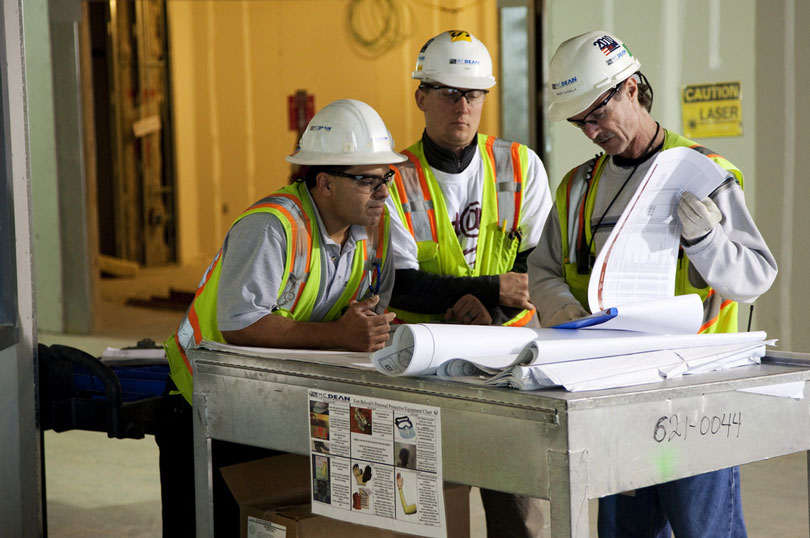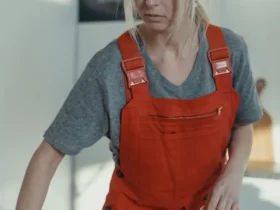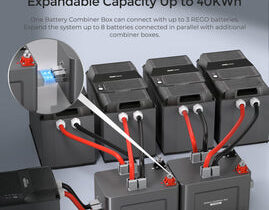Introduction
Maintaining a safe and efficient chimney is crucial for every homeowner. Whether you’re considering replacing an old chimney or repairing a damaged one, it’s essential to understand the process, costs involved, and benefits of these actions. In this guide, we’ll explore everything you need to know about chimney replacement and repair.
Why Replace or Repair Your Chimney?
1. Safety Concerns
A deteriorating chimney can pose serious safety risks due to potential structural weaknesses or blockages. Replacing or repairing it ensures a safer environment for you and your family.
2. Improved Efficiency
A new or repaired chimney operates more efficiently, leading to better airflow, reduced energy costs, and improved heating performance.
3. Preventing Further Damage
Addressing chimney issues promptly prevents minor problems from escalating into major and costly repairs.
Signs Your Chimney Needs Replacement or Repair
1. Cracked Bricks or Mortar
Visible cracks in the chimney bricks or mortar indicate structural damage that requires immediate attention.
2. Leaks or Water Damage
Water leaks or stains inside your home near the chimney are clear signs of chimney damage that needs repair.
3. Smoke Inside the House
If you notice smoke entering your home instead of being properly vented through the chimney, there may be blockages or structural issues.
4. Soot Buildup
Excessive soot buildup inside the chimney indicates poor ventilation and requires inspection and potential repair or replacement.
Steps for Chimney Replacement or Repair
1. Inspection
Hire a professional chimney inspector to assess the extent of the damage and recommend the best course of action.
2. Obtaining Permits
Check local regulations and obtain any necessary permits before starting the replacement or repair process.
3. Removal of Old Chimney (if replacing)
If replacing the chimney, the old structure must be carefully dismantled and removed to make way for the new chimney.
4. Installation of New Chimney (if replacing)
A skilled contractor will install the new chimney using high-quality materials and following industry standards for safety and efficiency.
5. Repairing Damaged Chimney
For repair jobs, damaged sections of the chimney are repaired or replaced to restore functionality and safety.
6. Sealing and Finishing
Seal any gaps or cracks, and apply a protective finish to the chimney to enhance durability and weather resistance.
7. Final Inspection
Once the replacement or repair work is complete, a final inspection ensures everything meets safety and quality standards.
Cost Considerations
1. Chimney Replacement Costs
The cost of replacing a chimney varies depending on factors such as size, materials used, and labor. On average, expect to pay between $2,000 to $10,000 or more.
2. Chimney Repair Costs
Repairing a chimney is generally less expensive than replacement, with costs ranging from $200 to $1,500 depending on the extent of the damage.
3. Return on Investment (ROI)
While chimney replacement or repair can be a significant investment, it adds value to your home and ensures long-term safety and efficiency, making it a worthwhile investment.
Choosing the Right Professionals
1. Licensed Contractors
Hire licensed and experienced contractors specializing in chimney replacement and repair for reliable and high-quality workmanship.
2. References and Reviews
Check references and read online reviews to ensure you’re hiring reputable professionals with a track record of customer satisfaction.
3. Written Contracts
Obtain written contracts detailing the scope of work, materials used, timelines, and costs to avoid misunderstandings.
Conclusion
Replacing or repairing your chimney is a crucial step in maintaining a safe, efficient, and comfortable home. By understanding the signs of chimney damage, following the necessary steps, and working with trusted professionals, you can ensure a smooth process and enjoy the benefits of a well-functioning chimney for years to come. Prioritize safety and quality to make the most out of your chimney replacement or repair project.













